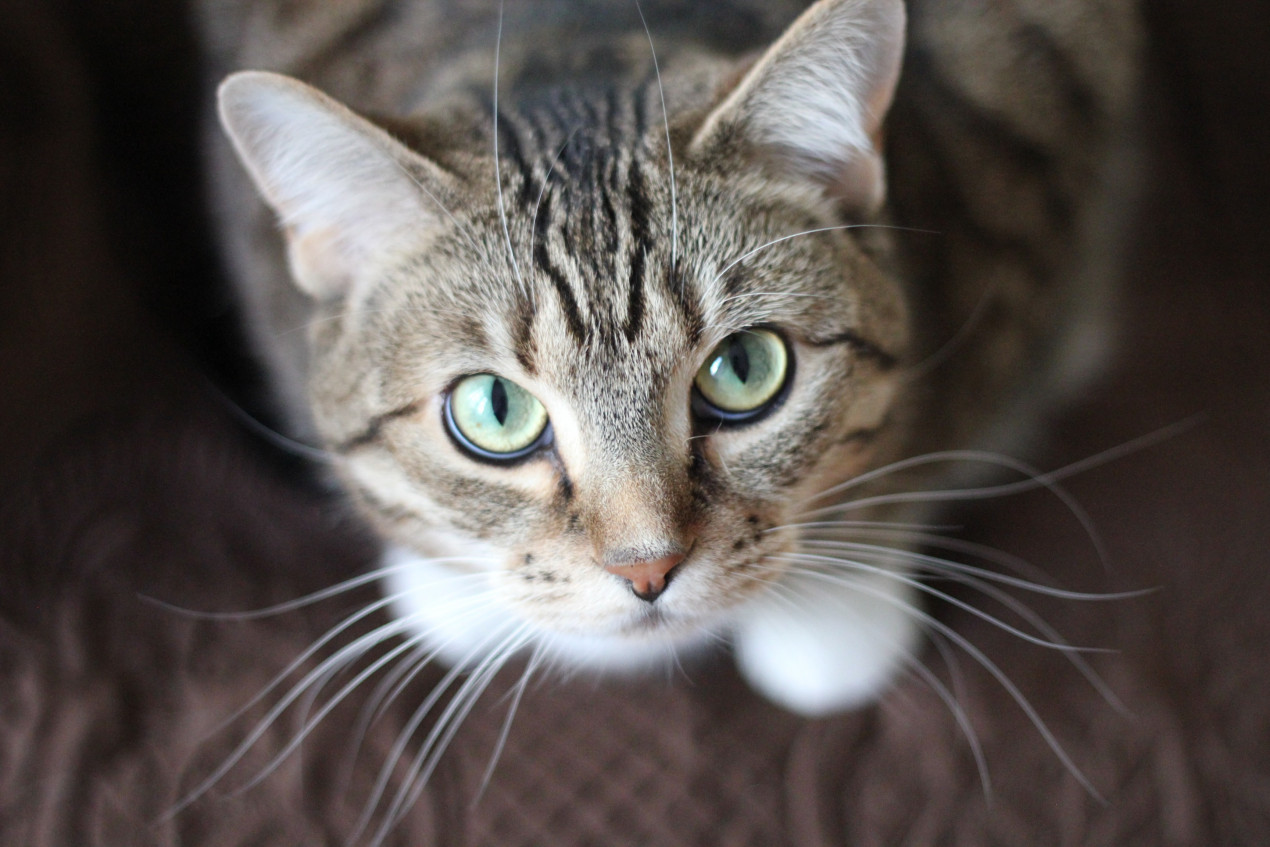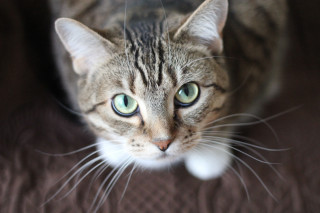
My cat's in labour, what should I do?
Pregnant cats, known as queens, are usually able to deliver their kittens with little assistance from us. However, a number of cats will have difficulties during labour. This is known as dystocia and requires emergency veterinary treatment.
My cat's giving birth, when should I call my vet?
If you have any concerns about your cat giving birth, contact your vet, or out of hours, your nearest Vets Now for further advice. If you need to take your pregnant cat to the veterinary hospital, ensure you have a secure cat carrier for your cat and take any kittens she has already passed in a separate secure box with a hot water bottle or heat pad to keep them warm. Ensure the hot water bottle is well wrapped in a towel or similar to prevent overheating or burning the kittens.

You might also be interested in:
Cat giving birth, what to expect
A pregnant cat will go through the following stages when giving birth:
Stage 1
The cervix relaxes (dilates) and uterine contractions begin. Your cat may purr and socialise during this time.
Stage 2
The kittens are pushed out by strong contractions of the uterus. Sometimes you will see the abdomen tense as your cat has a contraction. This stage can take several hours to complete, especially for large litters.
Stage 3
The foetal membranes (placentas) are delivered. Cats can alternate between stage 2 and 3, so you may see her deliver a kitten, followed by its membrane or she may pass 2 or more kittens and then 2 or more membranes. In some cases, you may not see the membrane if she eats it.
Are some cat breeds more susceptible to labour problems?
Certain cat breeds are more likely to suffer from problems during birth, with short-headed breeds, Persian and Himalayan breeds most at risk.
What causes cat labour problems?
There are many potential causes of dystocia in cats. Your cat may have a narrow pelvic canal making it difficult for her to pass her kittens, or there maybe one particularly large kitten that she is unable to pass without help.
If the kittening is prolonged, your cat (and the muscles of her uterus) may become tired and ineffective (uterine inertia).
There are factors that predispose cats to dystocia such as age, obesity, previous history of dystocia and sudden changes in their environment prior to going into labour.
How are cat labour problems treated?
Your cat is likely to be admitted to the vets for treatment and monitoring if suffering from dystocia.
Your vet will examine your cat and may need to perform blood tests, x-rays or an ultrasound scan to advise you on the best course of treatment.
If there are no uterine contractions and no sign of an obstruction, your cat may be treated medically. She may receive intravenous fluids (a drip), glucose, calcium, oxytocin or a combination of these.
If there is a kitten stuck in the pelvic canal, it may be possible for your vet to assist your cat to deliver this kitten.
In other cases, a caesarean section may be recommended as the safest course of treatment for both cat and kittens.
What should I do after my cat has given birth?
Even if your cat appears to have no problems delivering her kittens, it is worth getting mum and kittens checked over by a vet, to ensure they are all healthy and everything is healing normally.
While your cat is raising her kittens she will require lots of TLC and lots of food and water – producing milk for her kittens uses up a lot of energy and is thirsty work.
What is Eclampsia?
Eclampsia (milk fever, puerperal tetany or hypocalcaemia) is a condition that most commonly affects nursing mothers but can also occur during late pregnancy. Symptoms of eclampsia are seen when the calcium levels in the blood drop too low. Symptoms can be vague to start with but they include restlessness, panting, increased salivation and stiffness when moving. This can progress quickly to muscle twitching, fever and death, so contact your vet immediately if you notice any of these signs.

